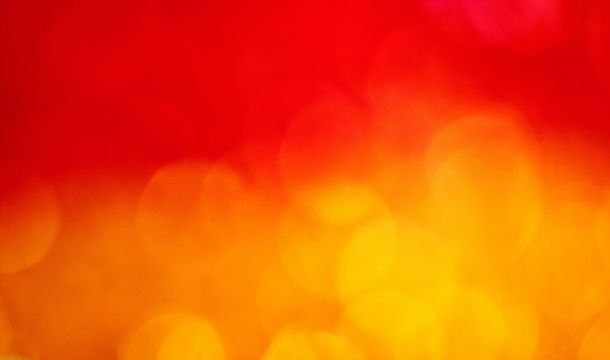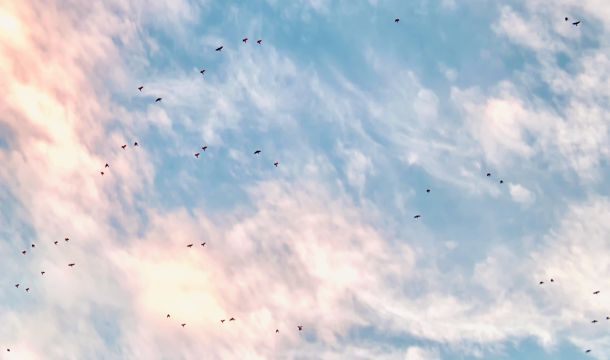MID-TERM ELECTION RESULTS LIMIT LEGISLATIVE SOLUTIONS TO ISSUES
To the surprise of few, the Democrats took control of the U.S. House of Representatives in the mid-term elections held November 6. It appears that Democrats will gain 39 seats, which would give them a majority. In the Senate, Democrats had to defend 26 of the 35 seats on the ballot, including 10 in states the President won. The Democrats lost seats in Indiana, Missouri, North Dakota, and Florida. On the other hand, the Democrats picked up Republican seats in Nevada and Arizona, leaving the new Senate with 53 Republicans, a net gain of two seats for the Republicans.
While the Democrats had many more seats to defend in the Senate, the Republicans had many more seats to defend in the gubernatorial races, as Republicans were defending 26 of the 36 states' gubernatorial elections. It appears that the Democrats picked up seven new gubernatorial seats. Voting patterns changed somewhat, with Democrats being quite successful in suburban areas around cities, and Republicans carrying rural and small-town America.
The question arising is how these mid-term results will affect labor and employment law, at least over the next two years. The likely new Chairman of the House Education and Workforce Committee, Bobby Scott (D-Va.), has already announced his agenda. He plans to make every effort to require the Administration to produce evidence to support regulatory changes benefitting business. He will likely push legislation to raise the federal minimum wage and make efforts to mandate paid family leave and to expand student aid. Scott will likely also conduct oversight hearings involving the NLRB, the EEOC, and the Labor Department.
There are a few areas in which compromise may lead to bi-partisan legislation. Some of these areas include infrastructure plans, controls on prescription drug prices, some form of paid family leave, possibly a compromise on a path to legalization for immigrant children known as "Dreamers," and some new approaches to the "gig" economy.
The polls show that the number one issue to voters appeared to be healthcare, with immigration second. The economy ranked number 3. In a break from the past, the Democrats were able to outspend Republicans in the most competitive House races, almost 2-1.
Related Content
Get Email Updates
Recent Content

Sad News – Mark A. Waschak – September 13, 1963 – June 27, 2025

Heat Safety Rule Appears to Be Moving Forward

Federal Government to Drop Disparate Impact Basis for Discrimination Claims

E-Verify+

How the DOJ and EEOC Guidance Affects DEI Programs

